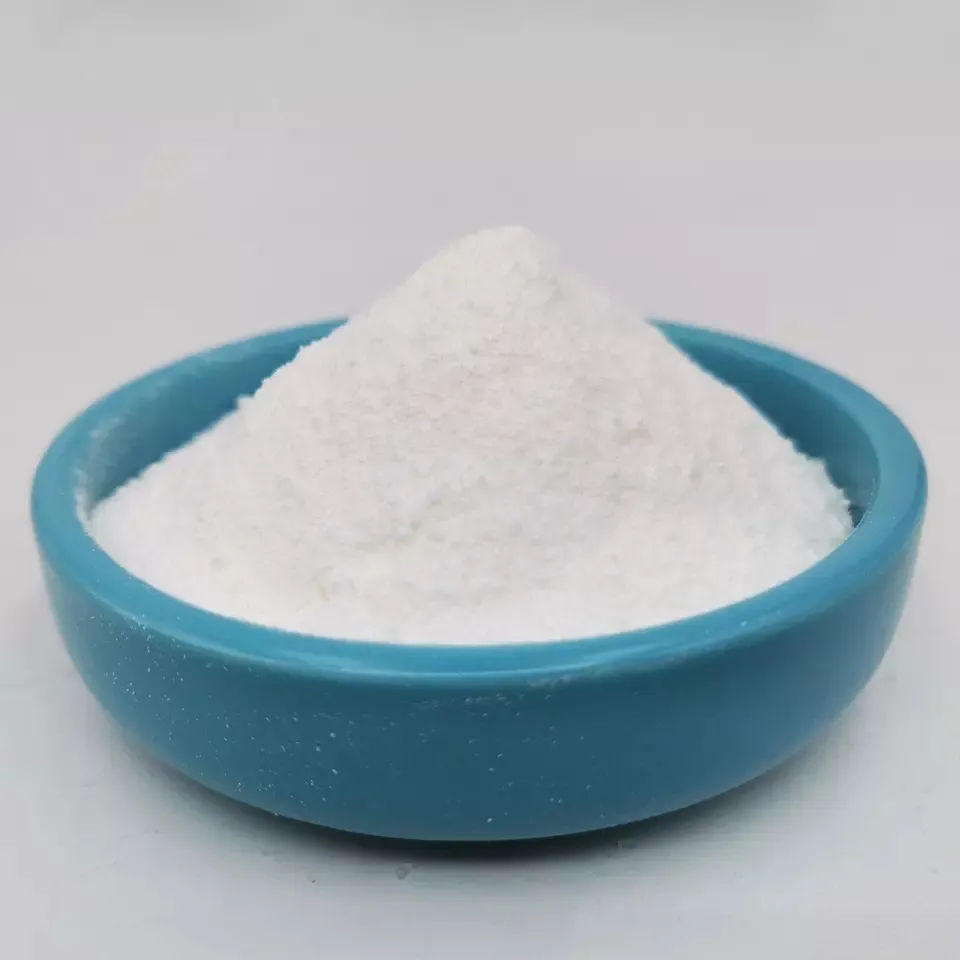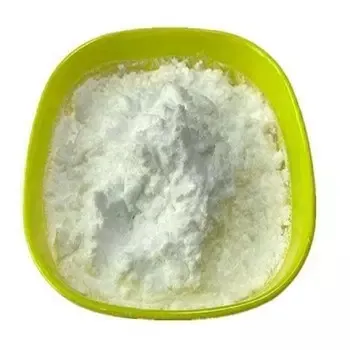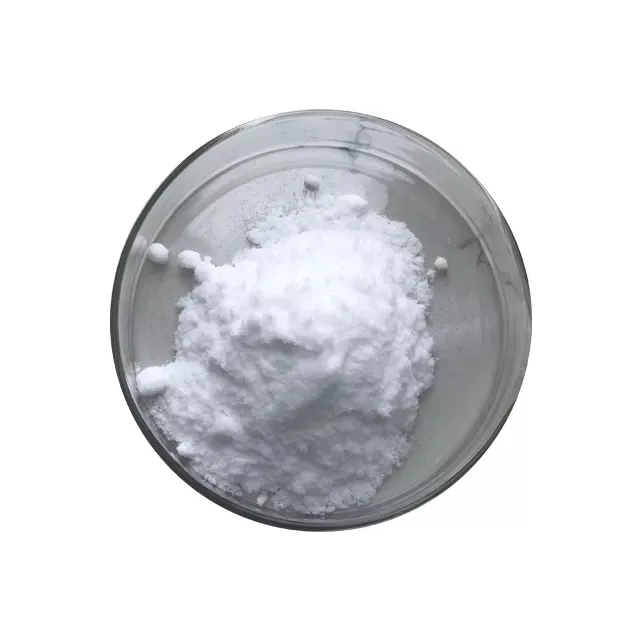Warning: Undefined array key "file" in /home/www/wwwroot/HTML/www.exportstart.com/wp-content/themes/1198/header.php on line 7
Warning: Undefined array key "title" in /home/www/wwwroot/HTML/www.exportstart.com/wp-content/themes/1198/header.php on line 7
Warning: Undefined array key "title" in /home/www/wwwroot/HTML/www.exportstart.com/wp-content/themes/1198/header.php on line 7
- Neeg African
- Albanian
- Amharic
- Arabic
- Armenian
- Azerbaijani
- Basque
- Belarusian
- Bengali
- Bosnian
- Bulgarian
- Catalan
- Cebuano
- Tuam Tshoj
- Tuam Tshoj (Taiwan)
- Corsican
- Croatian
- Czech
- Danish
- Dutch
- Lus Askiv
- Esperanto
- Estonian
- Finnish
- Fabkis
- Frisian
- Galician
- Georgian
- German
- Greek
- Gujarati
- Haitian Creole
- haus
- hawaiian
- Hebrew
- Tsis yog
- Miao
- Hungarian
- Icelandic
- ib igbo
- Indonesian
- irish
- Italian
- Nyiv
- Javanese
- Kannada
- kazakh
- Khmer
- Rwandan
- Kauslim
- Kurdish
- Kyrgyz
- TB
- Latin
- Latvian
- Lithuanian
- Luxembourgish
- Macedonian
- Malgashi
- Malay
- Malayalam
- Maltese
- Maori
- Marathi
- Mongolian
- Myanmar
- Nepali
- Norwegian
- Norwegian
- Occitan
- Pashto
- Persian
- Polish
- Portuguese
- Punjabi
- Romanian
- Lavxias
- Samoan
- Scottish Gaelic
- Serbian
- Lus Askiv
- Shona
- Sindhi
- Sinhala
- Slovak
- Slovenian
- Somali
- Spanish
- Sundanese
- Swahili
- Swedish
- Tagalog
- Tajik
- Tamil
- Tatar
- Telugu
- Thaib
- Turkish
- Turkmen
- Ukrainian
- Urdu
- Uighur
- Uzbek
- Nyab Laj
- Welsh
- Pab
- Yiddish
- Yoruba
- Zulu
K-Catalyst / Montmorillonite
Montmorillonite, also known as microcrystalline kaolinite or gelinite, is a silicoaluminate consisting mainly of octahedral montmorillonite particles, named after the city of Montmorillonite, France, where it was first discovered. Montmorillonite is a very soft phyllosilicate mineral that forms microscopic crystals, called clays, when they precipitate out of aqueous solutions. Montmorillonite, a member of the Montmorillonite family, is a 2:1 clay, meaning it has two tetrahedral silica sheets sandwiched between a central octahedral alumina sheet. The particles are plat-like, with an average diameter of about 1μm and a thickness of 0.96nm.
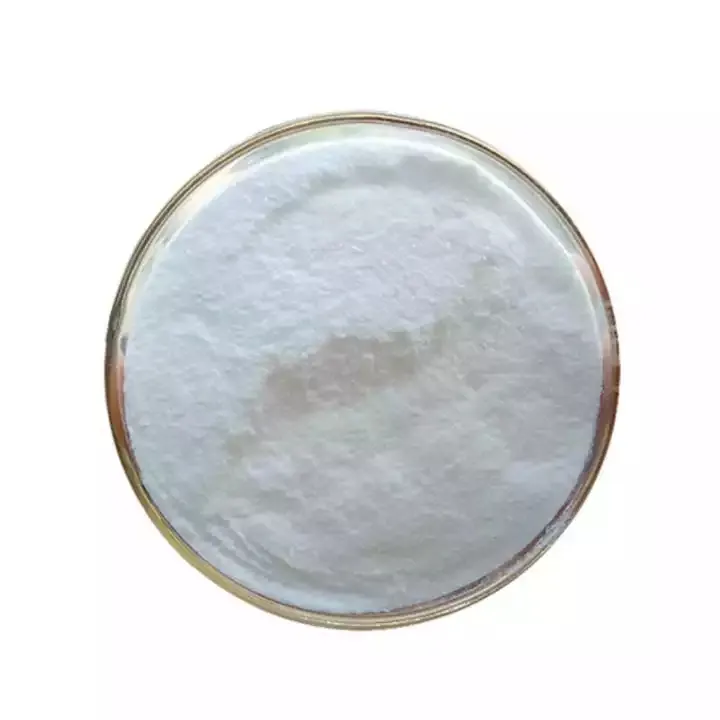
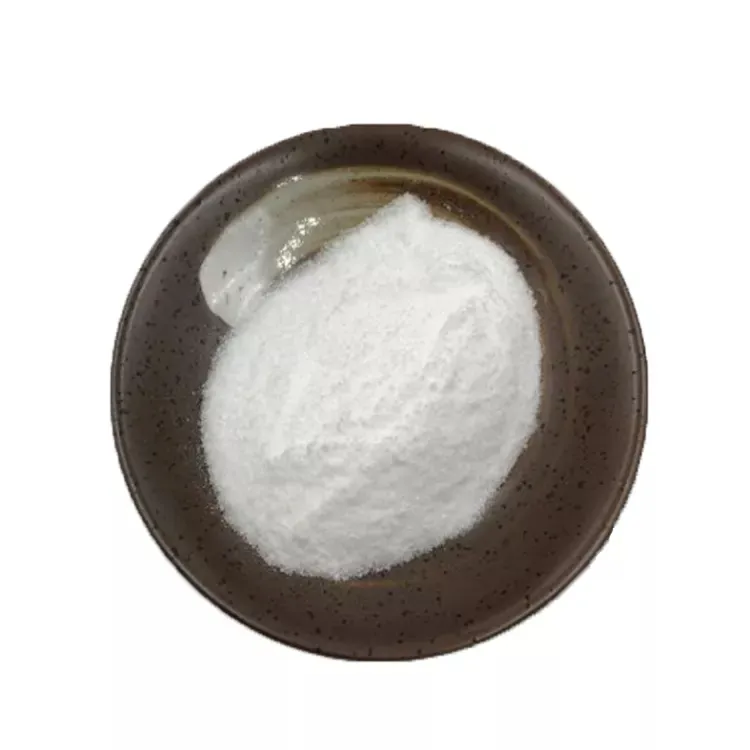
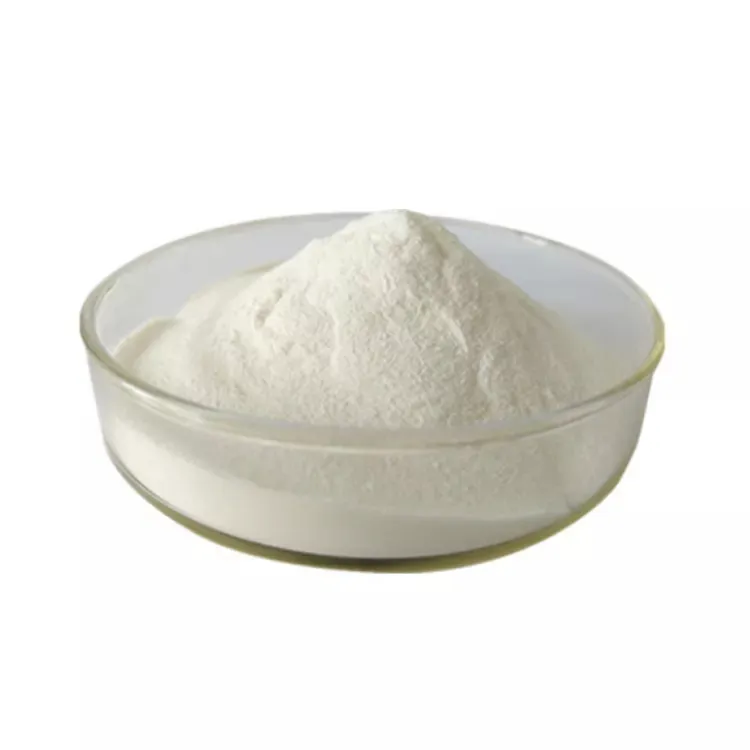

Using an electron microscope to put about 25,000 times, it is necessary to "see" individual clay particles. Members of this group include soapstone. Montmorillonite is a subclass of montmorillonite, which is a 2:1 phyllosilicate mineral characterized by an octahedral Chemicalbook charge greater than 50%. Its cation exchange capacity is due to the isomorphous substitution of Mg for Al in the central alumina plane. In this case, the substitution of lower-priced cations gives nearby oxygen atoms a net negative charge that can attract cations. In contrast, Baderite is a montmorillonite with a tetrahedral charge greater than 50%, resulting from the isomorphic substitution of Al in silica. The individual crystals of montmorillonite clay are not tightly bound, so water can intervene, causing the clay to swell. The water content of montmorillonite is variable, and its volume increases greatly when it absorbs water. Chemically, it is hydrated sodium calcium-aluminosilicate magnesium hydroxide (Na, Ca) 0.33 (Al, Mg) 2 (Si4O10) (OH) 2·nH2O. Potassium, iron, and other cations are common substitutes, and the exact proportion of cations varies from source to source. It is often mixed with chlorite, Muscovite, illite, cobalt greenstone and kaolinite.
Peb muaj ntau lub Hoobkas zoo nrog kev koom tes sib sib zog nqus, uas tuaj yeem muab koj cov khoom zoo thiab cov nqi sib tw. Thiab peb tseem tuaj yeem muab cov luv nqi rau kev yuav khoom ntau.Thiab peb koom tes nrog ntau lub tuam txhab xa khoom xa tuaj, tuaj yeem xa cov khoom lag luam kom nyab xeeb thiab ntseeg nkaws rau koj txhais tes. Lub sij hawm xa tuaj yog li 3-20 hnub tom qab tau txais kev pom zoo ntawm kev them nyiaj.
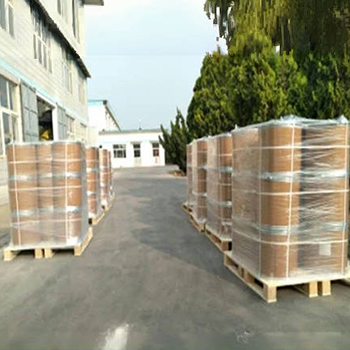



|
Yam khoom
|
SPECIFICATIONS
|
TEST RESULTS
|
DETERMINE
|
|
Qhov tshwm sim
|
A white Crystalline Powder
|
A White Crystalline Powder
|
Qualified
|
|
Kev txheeb xyuas
|
Positive
|
Positive
|
Qualified
|
|
Assay, %
|
98.0~101.0
|
98.8
|
Qualified
|
|
Specific Optical Rotation [a]D20
|
-16.0°~18.5°
|
-16.1°
|
Qualified
|
|
Moisture, %
|
≤1.0
|
0.25
|
Qualified
|
|
Ash,%
|
≤0.1
|
0.09
|
Qualified
|
|
Pb,mg/kg
|
≤2.0
|
<0.1
|
Qualified
|
|
As, mg/kg
|
≤2.0
|
<0.1
|
Qualified
|
|
Total Plate Count,cfu/g
|
≤3000
|
<1000
|
Qualified
|
|
Coli Group, cfu/g
|
≤0.3
|
<0.3
|
Qualified
|
|
Yeast&Mold ,cfu/g
|
≤ 50
|
10
|
Qualified
|
|
Salmonella/ 25g
|
Tsis zoo
|
Tsis zoo
|
Qualified
|

1. Koj puas yog lub Hoobkas lossis tuam txhab lag luam?
Peb yog ib qho kev sib koom ua ke kev lag luam thiab kev lag luam, muab kev pabcuam ib-nres.OEM tuaj yeem txais.
2. Koj puas muab cov qauv? Puas yog dawb lossis ntxiv?
Cov qauv dawb.Cov qauv tus nqi thauj khoom yuav tsum tau them los ntawm koj sab.
3. Koj puas muaj daim ntawv pov thawj ntsig txog kev tswj xyuas zoo?
ISO 9001: 2008 ntawv pov thawj los xyuas kom meej qhov zoo.
4. Kuv yuav muab dab tsi kom tau txais cov lus hais?
Pls qhia peb txog cov khoom lag luam uas koj xav tau, xaj kom muaj nuj nqis, chaw nyob thiab cov kev xav tau tshwj xeeb.Cov lus hais yuav ua rau koj siv sijhawm.
5. Hom kev them nqi twg koj nyiam? Cov nqe lus twg raug lees txais?
Txais Cov Lus Cog Tseg: FOB, CFR, CIF, EXW;
Txais Nyiaj Them Nqi: USD;
Hom Kev Them Nyiaj: T / T, Western Union; Paypal, Trade Assurance.
Lus Hais: Lus Askiv.
Cov khoom qeb
-
 Apr . 27, 2025Zibo will host the 2025 International Chemical ExpoZibo, a city known for its thriving chemical industry, will host the 2025 Zibo International Chemical Expo from May 16 to May 18, 2025. This highly anticipated event aims to bring together industry leaders, innovators and stakeholders from around the world to explore the latest advancements and trends in the chemical industry.
Apr . 27, 2025Zibo will host the 2025 International Chemical ExpoZibo, a city known for its thriving chemical industry, will host the 2025 Zibo International Chemical Expo from May 16 to May 18, 2025. This highly anticipated event aims to bring together industry leaders, innovators and stakeholders from around the world to explore the latest advancements and trends in the chemical industry. -
 Apr . 22, 20252025 Yokohama Cosmetics Raw Materials and Technology ExhibitionYOKOHAMA, Japan – The City of Yokohama is preparing to host the much-anticipated Cosmetics Ingredients & Technologies 2025 from May 14 to May 16, 2025. The premier event is expected to attract industry professionals, innovators and enthusiasts from around the world to showcase the latest advancements in cosmetic ingredients and technologies.
Apr . 22, 20252025 Yokohama Cosmetics Raw Materials and Technology ExhibitionYOKOHAMA, Japan – The City of Yokohama is preparing to host the much-anticipated Cosmetics Ingredients & Technologies 2025 from May 14 to May 16, 2025. The premier event is expected to attract industry professionals, innovators and enthusiasts from around the world to showcase the latest advancements in cosmetic ingredients and technologies. -
 Apr . 18, 20252025 India Mumbai Fine Chemicals ExhibitionMUMBAI, India – The bustling metropolis of Mumbai is gearing up to host the much-anticipated Fine Chemicals Expo on April 29-30, 2025. The premier event is expected to attract industry leaders, innovators and stakeholders from across the world to showcase the latest advancements in the fine chemicals sector.
Apr . 18, 20252025 India Mumbai Fine Chemicals ExhibitionMUMBAI, India – The bustling metropolis of Mumbai is gearing up to host the much-anticipated Fine Chemicals Expo on April 29-30, 2025. The premier event is expected to attract industry leaders, innovators and stakeholders from across the world to showcase the latest advancements in the fine chemicals sector.


